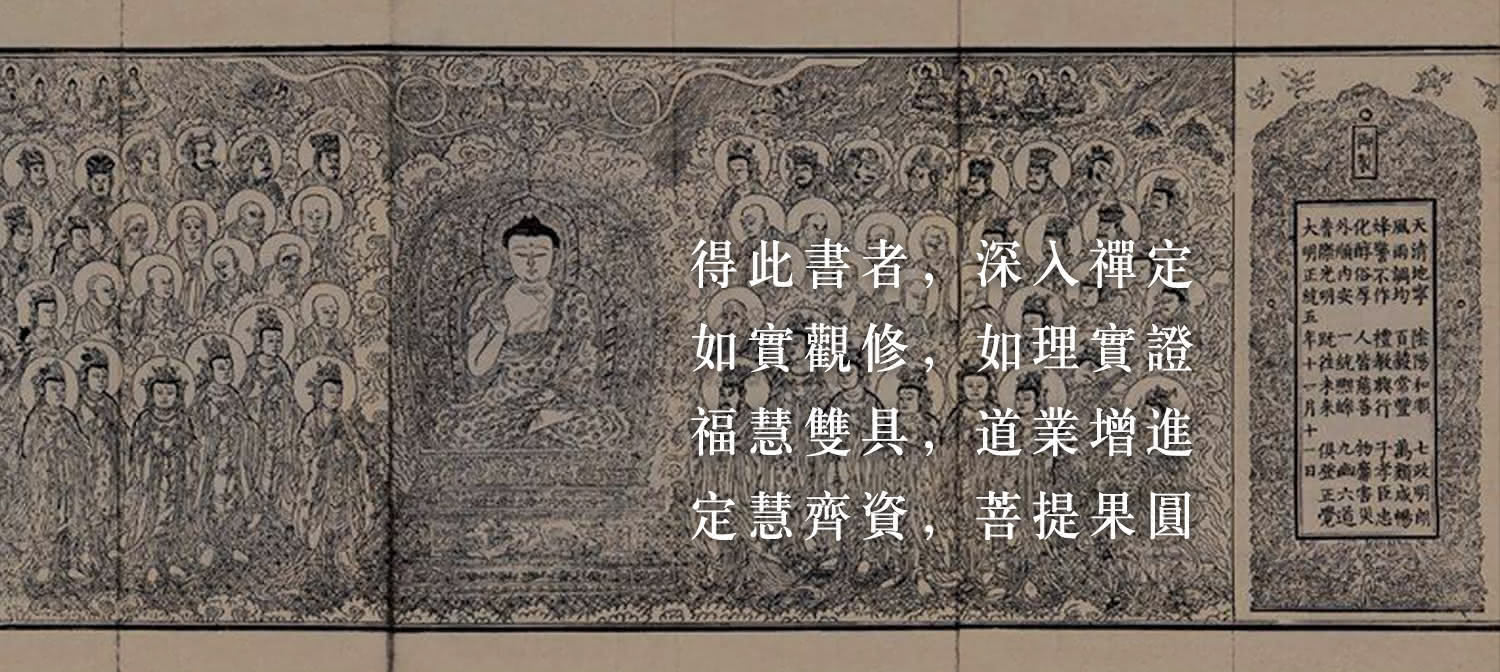

BOOKS
WORKS
Category:None Reads:
Among the mind, manas, and consciousness, the mind represents the eighth consciousness, manas represents the mental faculty, and consciousness represents mental consciousness. The first two are relatively profound, subtle, and concealed, making them difficult to realize and observe. Ordinary people can only observe mental consciousness, and even then, not very meticulously; they are unable to observe the mental faculty and the eighth consciousness. All aspects pertaining to the mental faculty fall within the scope of Consciousness-Only wisdom (Vijñapti-mātra Jñāna), as do all matters related to Consciousness-Only. This is especially true for the mental factors associated with each consciousness. Currently, Buddhists commonly mistake the state of the mental faculty for the state of mental consciousness. Without direct experiential insight and wisdom, it is impossible to presently observe the specific operational state of the mental faculty. This book provides a thorough and detailed analysis of the distinctions and connections between the mental faculty and mental consciousness, emphasizing their differences in governing body, speech, mind, and in the discernment of objects. It also introduces the relationship between the mental faculty and mental consciousness, including their modes of communication, their mutual influence, as well as the distinctions and connections between the mental faculty and the first five consciousnesses. This facilitates Buddhists in discerning the respective inherent natures of the mental faculty and mental consciousness within practical applications, eliminating confusion. Once the inherent natures of the mental faculty and mental consciousness are clearly distinguished, it becomes easier to realize the mental faculty and subsequently observe it directly in practice.
